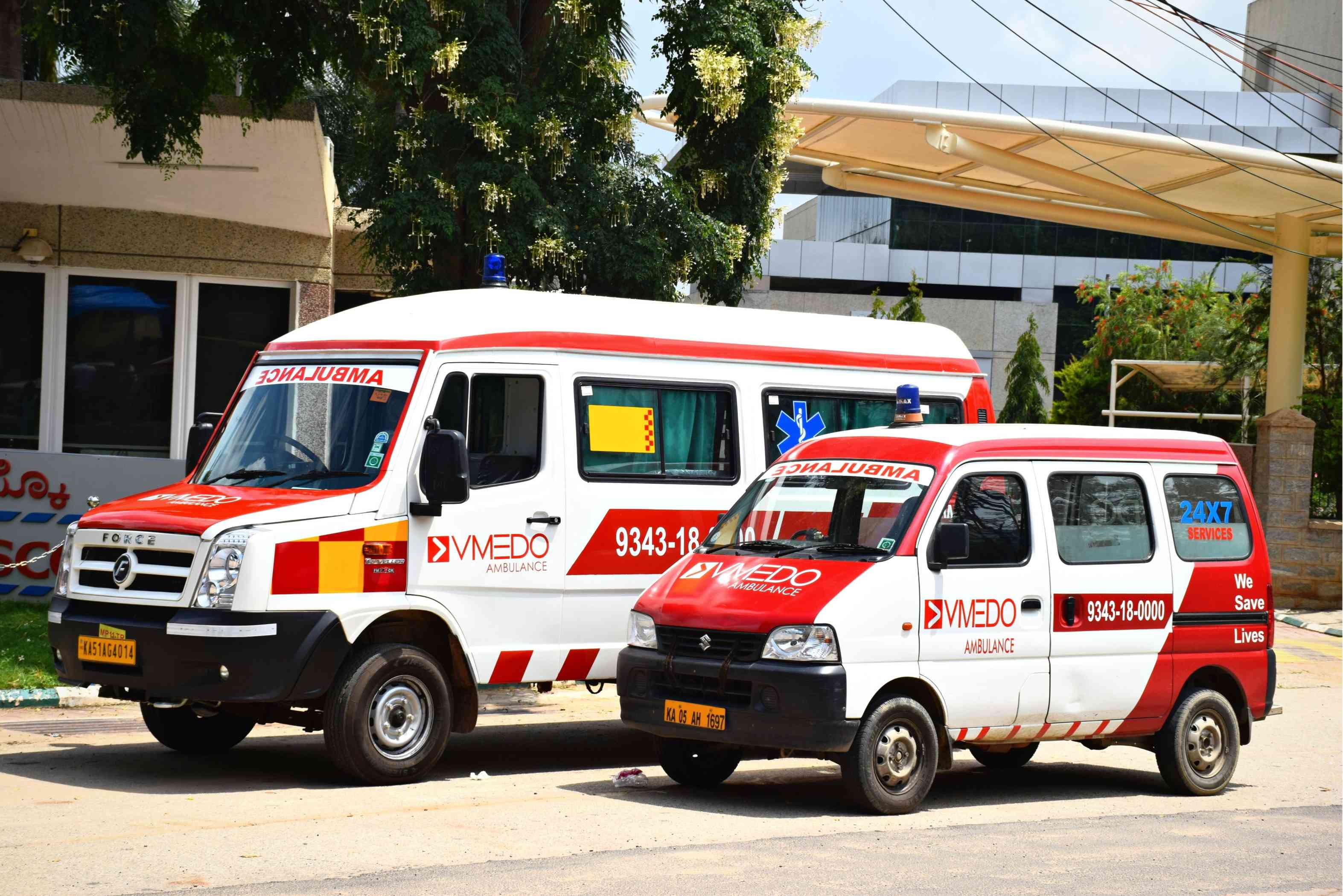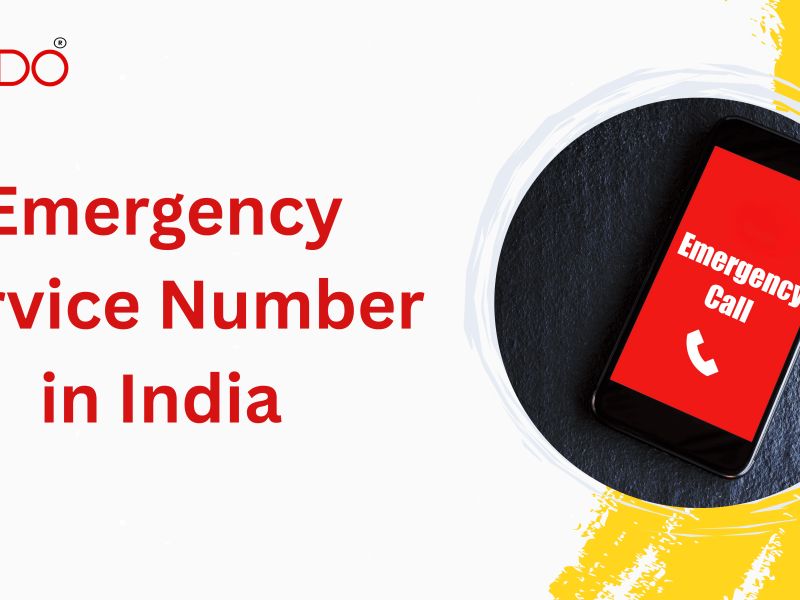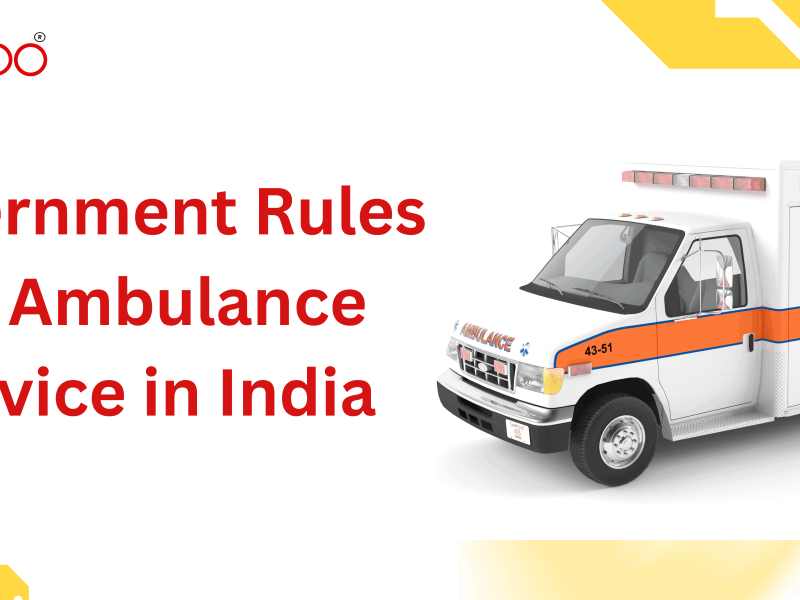When a medical emergency strikes, every second counts. Ambulances are lifelines in such situations. But in Indian cities, ambulances are often stuck in traffic, honking continuously, while other vehicles refuse to move or don’t know what to do. Therefore, it’s critical to understand and promote traffic rules for ambulances in India to enable them to reach patients or hospitals swiftly.
This common sight that we see every day is a gut-wrenching disaster that we don’t usually think about because the person in the ambulance isn’t ours right? Who cares when someone dies? This kind of casual attitude is more common than you think. Even when the sirens blaze persistently the riders don’t seem to mind, indeed sometimes there’s nothing even they can do.
So this article helps to provide everyone with some pointers and knowledge about the traffic rules surrounding the ambulances so that if you ever come across this scene you’ll know what to do because every life is precious.
Also, this article is for Ambulance drivers and owners so that they can be aware of the statutes that are required if they want to run an ambulance in India.
Let’s begin,
Legal Status of Ambulances in India
Ambulances are classified as emergency vehicles under the Motor Vehicles Act, 1988. As per law, they are given priority on the road over other vehicles, including at traffic signals and during peak traffic hours.
Key highlights:
-
Ambulances are exempt from certain traffic rules, like stopping at red signals.
-
They are considered vehicles on emergency duty, just like fire trucks and police vehicles.
Special Rights Granted to Ambulances
Ambulances in India are entitled to the following special rights under traffic rules:
-
Right of Way: Ambulances have the first right to road access during emergencies.
-
Signal Override: Traffic police can override red signals to allow ambulances to pass.
-
Dedicated Lanes (where applicable): Some cities like Delhi and Bangalore experiment with temporary ambulance lanes during events or peak hours.
However, these rights come with responsibilities and must be respected by all road users.
Responsibilities of Ambulance Drivers
While ambulances enjoy certain privileges, drivers must operate within a framework of safety and responsibility.
Duties include:
-
Using sirens and flashlights only during emergencies.
-
Avoiding overspeeding or reckless driving.
-
Carrying proper documents and vehicle fitness certificates.
-
Keeping patient safety as the top priority.
According to Section 194E of the Motor Vehicles Act, if an ambulance is misused for non-emergency purposes, strict penalties can be applied.
Role of Other Drivers – What They Should Do
All vehicle drivers are legally and ethically bound to yield to an ambulance. Here’s what you should do:
-
Pull over to the left when you hear a siren.
-
Never block an ambulance, even for a few seconds.
-
Do not tailgate an ambulance to move ahead in traffic.
-
At intersections, wait until the ambulance has passed even if your light is green.
Failing to do this not only risks lives but can also result in heavy fines or imprisonment under Indian traffic laws.
Guidelines Issued by the Ministry of Road Transport & Highways (MoRTH)
In 2021, MoRTH issued updated guidelines on facilitating the smooth passage of emergency vehicles:
-
Installation of Vehicle Location Tracking (VLT) devices in ambulances.
-
Creation of Integrated Traffic Management Systems (ITMS).
-
Fast clearance at toll booths under the FASTag system.
-
Mandatory training for drivers and public awareness on yielding to ambulances.
These policies aim to develop a nationwide protocol for emergency vehicles and reduce delays.
Traffic Management for Ambulances in Urban India
Cities like Mumbai, Delhi, Bangalore, and Chennai face immense traffic congestion. Traffic police departments have taken measures such as:
-
Green Corridors: Used for organ transplant logistics and critical transfers.
-
Real-time Traffic Control Rooms: To monitor and facilitate ambulance movement.
-
Ambulance Priority Apps: Some states have integrated apps to alert traffic controllers in advance.
Despite these efforts, implementation and scalability remain major concerns.
Supreme Court Guidelines on Emergency Vehicles
The Supreme Court of India has acknowledged the need for prioritizing emergency services and emphasized:
-
All states should sensitize the public and traffic authorities.
-
There should be zero tolerance toward vehicles blocking ambulances.
-
State governments must develop a mechanism to ensure right of passage for ambulances.
This judicial push has added legal backing to emergency vehicle movement.
Penalties for Blocking Ambulance Passage
As per the Motor Vehicles (Amendment) Act, 2019, strict fines are levied:
-
₹10,000 fine for not giving way to an emergency vehicle.
-
License suspension in repeated cases.
-
Imprisonment up to 6 months for deliberate obstruction or misconduct.
Such legal consequences are expected to act as a deterrent for negligent driving behavior.
What are the rules for Ambulance registration?
Ambulance registration is largely left to the state’s consideration, every state has different how’s and what’s of ambulance registration. We’ll refrain from providing the information on this subject since they are unique for each state. The best thing you can do is visit your local RTO and get the information from there.
Here’s an ambulance registration document provided by the state of Delhi, please refer to this to get a general idea of how to register your ambulance.
A General code for Ambulance design and operation
A General code for an ambulance is provided by the Ministry of Road transport, Although there are numerous things provided in the document, We’ll talk about six major pointers.
Emphasis is given towards visibility and clarity.
- Color: The exterior color should be brilliant white withstanding regular cleaning and weather resistant.
- Conspicuity Improvement Units – Markings made under this should be in brilliant red (RAL code 3024). No less than 50% of the front side of the vehicle should be sulfur yellow, RAL-Code 1016 in contrast to no less than 10% brilliant red, RAL Code 9010. The word “AMBULANCE” on yellow background, a minimum of 65% of the hood width, shall be in mirror image (reverse reading) for mirror identification by drivers ahead.
- Emblems – The emblems (every other sign, symbol, or marking not referred to under ‘conspicuity improvement units’) are only allowed in a non-reflecting manner and the size can’t be bigger than 60% of the “AMBULANCE” markings. Ambulance Calling Number (YYY) if available must be displayed on the side and back of the Road ambulance.
- Warning lights – Type A and B road ambulances have flashers fitted at the appropriate locations as per the vehicle type.
- Sirens – All types of ambulances must have sirens with loudspeakers mounted on them. Authorities permit a frequency range of 500 Hz to 2,000 Hz for these sirens. Ambulances must use wail and yelp signals that cycle between 10–18 and 150–250 times per minute, respectively, at a sound pressure level of 110 dB(A) to 120 dB(A). The public address system must function at all times from the driver’s seat. Drivers must switch on the siren only when they have also activated the warning lights.
- Recognition of personal – Safety garments for ambulance personnel should conform to at least ISO 14116:2008. These are protective clothing that gives protection against heat and flame.
(Information collated from https://lawbriefcase.com/ )
These are the general laws that can be used by any ambulance operator who’s trying to run an ambulance in the country
Now let’s concentrate on the second part of the article.
Guidelines for using Ambulance sirens and Lights.
According to guidelines, the siren must be used only when the benefit outweighs the risks. Using sirens and lights without having any emergency is a serious offense as per the law since it might cause unnecessary roadblocks and accidents.
Ambulance drivers must use sirens only during emergencies. Although there are no clear guidelines on siren usage, the driver must assess the situation and decide whether it truly qualifies as an emergency.
What are the laws for ambulance drivers in India?
There are no special requirements to become an ambulance driver in India yet. If you have a license to drive an HMV Vehicle it’s quite enough to drive an ambulance. But, if you want to make a career out of it, you must know at least the basic first aid and mobility techniques.
We’ve written extensively on the subject please refer to our blog
Legal requirements to become an ambulance driver in India
What are the laws pertaining to common citizens regarding ambulances in India?
The recent amendments to the Motor Vehicles Act clearly state how drivers must behave when an ambulance is on the road. If anyone blocks the path of an ambulance, authorities will impose a fine of ₹10,000 and may also sentence the offender to a minimum of six months in jail.
Nobody really understands why anyone would ever block an ambulance, we hope nobody does it intentionally. Usually, it’s just the lack of awareness that gets seen as a blockade.
Even though it is understandable that sometimes people are late to a meeting or late to a class or to their shift. We always have reasons and urgency when we are on the road, but one needs to understand that there’s a life at stake here, someone might die, and that it’s fine if you’re late to something because you can be on time tomorrow but once someone dies well that’s about it, there’s no tomorrow for that being.
Let’s show some empathy and make way for ambulances—it’s the right thing to do. It’s disheartening to see the government forced to impose penalties for such behavior, especially when no one should need a law to do what basic humanity demands.



